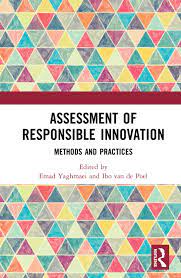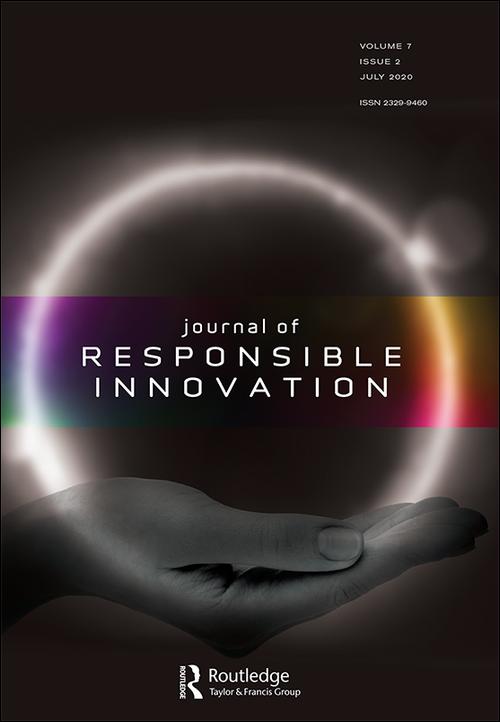
Assessment of Responsible Innovation: Methods and Practices is edited by Emad Yaghmaei and Ibo van de Poel, both well known in the field of Responsible innovation.
As regular readers will know, the EU has funded a long series of projects aimed at building tools and tool kits to help various sectors implement Responsible Innovation Approaches. This collection presents many of these tools while aligning aims with the United Nations sustainable development goals.
The book is divided into three parts.
Part 1. Reflections on Responsible Innovation.
Part 1 offers thoughts and perspectives based on personal experience from working within or alongside some of these projects. We find a historically grounded overview of different approaches and views of responsibility and democracy (and their relationship with scientific processes), and some interesting examples of approaches to networking responsible practices taken across the world.
Part 2. Responsible Research and Innovation (RRI) in Companies.
Part 2 offers 4 chapters that raise lots of interesting questions and issues regarding the relationship between RRI and Corporate Social Responsibility, obstacles and drivers for RRI implementation, costs and benefits from following and RRI approach and possible roles for voluntary standards.
Part 3. Responsible Innovation Assessment.
This third and final part of the book presents a compendium of different approaches, methods and metrics for assessing responsible innovation practices spread across 8 chapters.
The chapters raise a host of questions regarding which indicators and metrics might be useful if trying to measure effectiveness of RI and RRI processes, which types of assessment could be carried out, opportunities and challenges faced, the volume and depth possible for integrating practices, as well as discussion of pitfalls, all set alongside a series of proposals and a host of suggestions for methodologies that could be followed.
Several of the EU projects I have posted about in the past are mentioned, with their tool-sets and approaches explained and analyzed in easy-to-understand terms. There are some interesting points of focus too, from ICT and digital transformation to employee creativity and reflexive skills.
The Collection
This collection brings together a broad spectrum of approaches that would otherwise find themselves scattered across project websites, offering the reader an overview of what could be seen as different practices that have grown out of different interests and focusses.
The editors have set out to bring these developments together, and have succeeded in doing so in a very readable and interesting way. The book is a kind of overview of tool-kits and approaches and practices, a fine companion for anyone interested in Responsible Innovation. Download it here.

